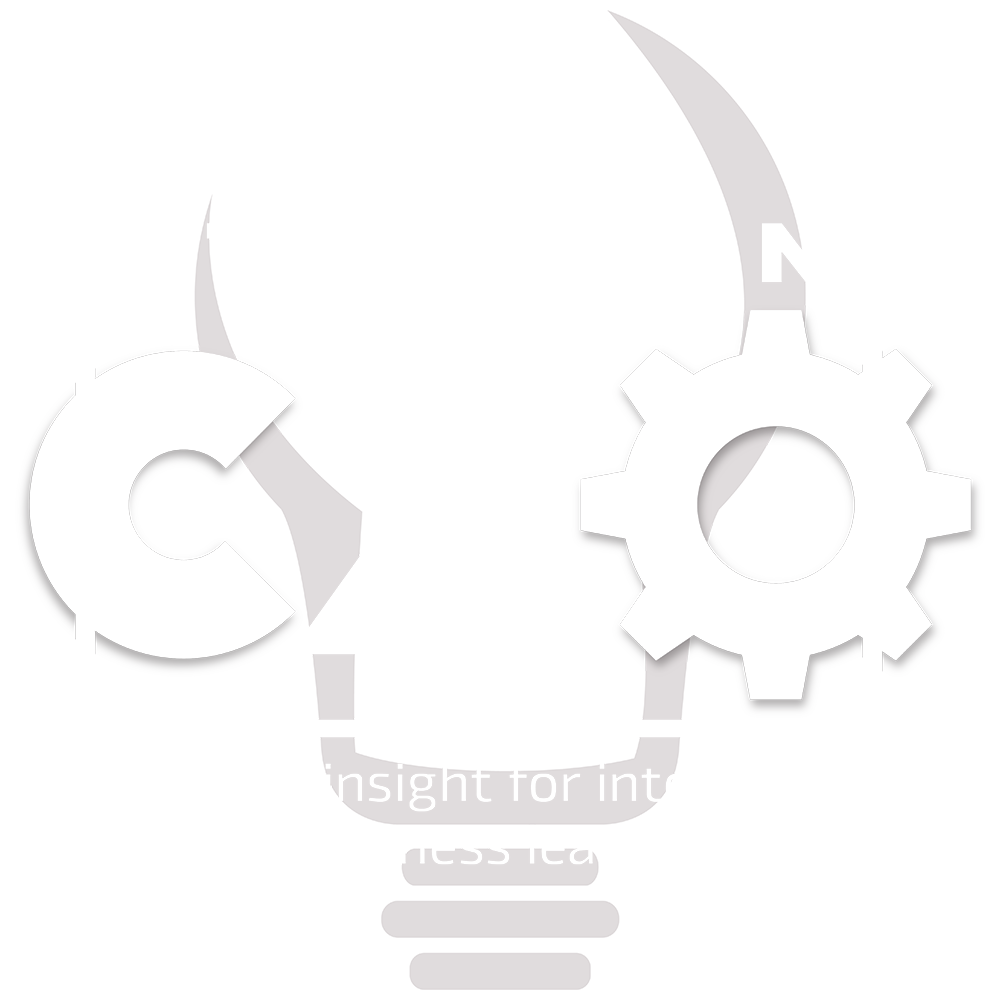As COVID-19 rapidly brought changes to the way we live and work, both consumers and brands were affected. Consumers changed the way that they made purchases and brands had to keep up, shifting the role of CMO. Tom Bianchi, Europe CMO, Acquia, speaks to Intelligent CXO about how the job has transformed over the last 18 months.
The pandemic’s impact on consumers has dramatically changed their behaviour and the way they interact with brands. In fact, 77% of UK consumers say they bought more online during lockdown and will continue to do so. While the majority shifted to online shopping, the use of smartphones has more than doubled since 2018. At the same time, customer loyalty has dropped with buyers switching brands at unprecedented rates.
In response, brands have had to quickly adapt and create new ways to improve the customer experience (CX). By embracing new digital technologies such as customer data platforms (CDP), content management systems (CMS) and marketing automation tools, they can now gather deeper customer insight, develop stronger content and create more personalised touch points.
As a result, the role of the CMO has transformed significantly. Today’s CMO is no longer just responsible for all things marketing, they now have to be an expert in CX, data and analytics and customer growth. Furthermore, as technology becomes more integrated into the customer journey and the landscape continues to evolve at a rapid rate, the CMO’s relationship with the CTO has never been more important. But how does this collaboration enhance the CX and how can the CMO evolve their role to ensure they’re ready for what’s next?
Changing consumer and technology trends
Since the pandemic, there has been a significant shift in consumer behaviour. While the majority of consumers now interact on digital channels, they also care more about brand experience than price. According to Gartner, CX drives over 60% of brand loyalty – more than price and product combined.
Consumers are also overwhelmed with choices across virtually every category, meaning customer loyalty is plummeting. Brands, therefore, need to work harder to create the right CX to attract and retain customers.
Furthermore, as the technology landscape evolves, companies can harness digital experience platforms to engage customers, enhance conversions and help businesses stand out. Emerging technology such as AI and AR/VR can also be used to better understand and create more personalised and relevant CX. AI can power personalisation, targeting and segmentation, as well as create custom content and analyse customer data. Whereas AR/VR enables brands to create unique CX that consumers can access from their mobile devices.
Impact on the CMO’s role
The role of the CMO has been transformed to keep up with changing consumer and technology trends. CMOs are not only accountable for brand strategy, communications and marketing, but also for CX, driving customer growth, loyalty and impacting the bottom line.
To be successful, CMOs need to think analytically and use data to make strategic decisions that will drive business impact. This shift is mainly a result of the increased emphasis on data-driven decision-making. This means CMOs need a firm understanding of analytics to monitor progress against KPIs and ensure marketing campaigns meet their objectives.
But more importantly, CMOs need to understand how consumers behave on digital channels, be able to anticipate changes and trends and harness emerging technology to deliver a strong CX that will engage consumers and influence buying decisions.
CMOs must adapt quickly to keep up with the changing requirements of their role and create a clear vision for their company’s marketing strategy. Otherwise, they run the risk of their customers being snapped up by competitors and their skills becoming obsolete.
How CMOs can prepare for what’s next
At the heart of staying relevant is harnessing technology to deliver more personalised and relevant experiences for customers. Today’s CMO needs to have a holistic marketing approach and adopt digital experience platforms enabling marketers, developers and IT operations teams to rapidly compose and deploy digital products and services that engage customers and drive sales.
As content and data form the foundation of digital experiences, by embracing the right digital experience platforms, you can break down data silos and boost business agility to maximise the value of your marketing. You can then personalise your experiences to foster more meaningful connections with your customers to create more engagement and revenue.
But while adopting digital platforms creates a far greater integration between marketing and IT, CMOs need to ensure they collaborate with the CTO on technology implementation and execution. A close relationship will not only allow data analytics to be retrieved, but it will also enable CMOs to use new technologies to successfully navigate and leverage the ever-changing technology landscape.
Next-generation CMOs
There’s no doubt that CMOs are under pressure to meet both the needs of the customer and the marketing needs of their company. As customer expectations increase and the technology landscape evolves, next-generation CMOs need to stay one step ahead. You need to anticipate the shifts in culture and consumer behaviour, understand the power of emerging technologies to create more personalised CX and use data analytics to demonstrate business impact.
But while the role of the CMO today is challenging, it’s only going to get harder. Having creative marketing flair, strategic firepower and a data-driven mindset is no longer enough. Advances in technology systems, the deluge of customer data and changing consumer behaviour further adds complexities to an already challenging role. However, embracing the right digital platforms and staying closely aligned with the CTO and IT team will make the next generation CMO’s role more seamless and ensure you can concentrate on what they do best; deliver strong CX and business impact.
Click below to share this article

